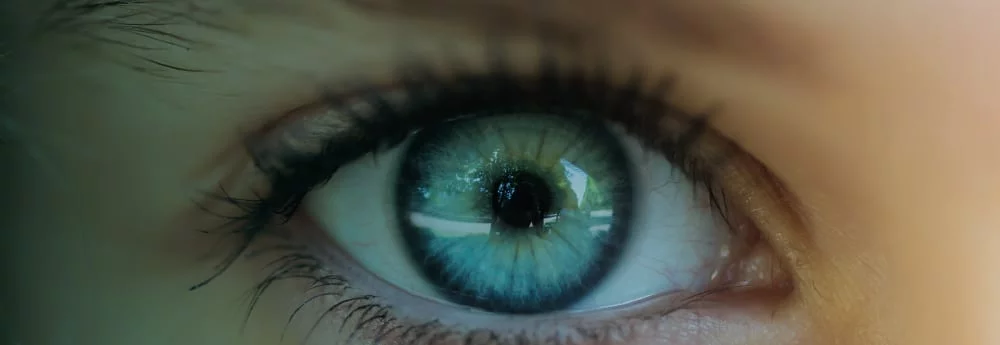Ophthalmologists help diagnose and treat a wide range of eye conditions. They help patients preserve their vision and quality of life. Here are some typical eye problems, along with their causes, symptoms, and treatment options:
How Are Cataracts Treated?
Cataracts happen when the lens of the eye becomes cloudy, which blurs vision and makes it hard to see clearly. This condition can develop with age but can also be caused by eye injuries, certain medical conditions such as diabetes, or prolonged exposure to light. Early signs include sensitivity to light, trouble seeing at night, and colors that look faded. The first step in treatment may be prescription glasses to help improve vision. If the clouding becomes severe, surgery may be the ideal option. During the procedure, the cloudy lens is removed and replaced with a clear artificial lens.
Does Glaucoma Affect Vision?
Glaucoma is a group of eye conditions that damage the optic nerve, usually caused by increased pressure inside the eye. If left untreated by an ophthalmologist, this damage can result in permanent vision loss. The condition develops gradually, so regular eye exams are helpful, especially since there are usually no early symptoms. Managing glaucoma often involves using medicated eye drops to lower eye pressure. Some people may need laser therapy or surgery for better pressure control.
Is Dry Eye Treatable?
Dry eye occurs when the eyes don’t produce enough tears or when the tears evaporate too quickly. This condition leads to dryness, irritation, and a burning sensation. Factors such as prolonged screen use, aging, or specific environmental conditions often contribute to this issue.
Treatment focuses on providing relief and addressing underlying factors. Artificial tears or prescription eye drops may be recommended. Lifestyle adjustments, such as taking regular screen breaks, also alleviate symptoms. Severe cases may require advanced interventions, like tear duct plugs, to retain moisture.
How Are Floaters Addressed?
Floaters are tiny spots or strands that drift through your field of vision. Usually, they are harmless, but sometimes they can indicate serious problems like retinal detachment, which requires urgent medical attention. As you age, floaters become more noticeable because the gel inside your eye, called the vitreous, shrinks and clumps together.
If floaters don’t cause any other symptoms, you may not need to see a doctor. If you notice changes in your vision or flashes of light along with floaters, it’s wise to have an eye exam. In serious cases, treatments such as retina repair surgery or removing the fluid may be necessary.
What Is Diabetic Retinopathy?
Diabetes can have a serious impact on your eyesight through a condition called diabetic retinopathy. When blood sugar levels are high, they can damage the tiny blood vessels in your retina. This damage might cause the vessels to leak or grow in abnormal ways. Early signs of this problem include blurred vision, seeing floaters, or having trouble seeing colors clearly.
Find an Ophthalmologist Today
Early detection and care are key to managing eye conditions effectively. Regular visits to an ophthalmologist help protect your vision and improve your eye health. No matter what challenges you face, getting timely treatment can lead to better outcomes and keep your eyesight healthy. Schedule an appointment today to get your eyes checked.

